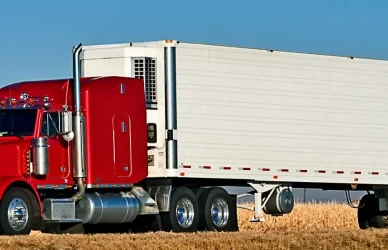Supply constraints in October caused the trucking industry’s economy to look uncertain, as reported by The Trucker. As the country approaches the latter half of November, supply constraints have reached a reprieve, making the industry’s economy forecast brighter, according to the most recent North American Commercial Vehicle OUTLOOK by ACT Research.
The research released by ACT Research conveyed that if the current inflation levels stay where they are, the vigorous response by the Fed will continue and the possibility of an intense drop of economic activity will increase.
As the industry peers into the coming year, the proposed forecasts for Class 8 remain the same; however, there is an increase in demand for Class 5-7, according to ACT Research.
“Our 2023 forecasts belie current economic activity,” said Kenny Vieth, ACT president and senior analyst. “Using Class 8 as an example, record orders in September followed by robust preliminary orders in October, large backlogs, a string of record-low cancellation months, and easing supply-chain constraints, all point to continued strength into 2023.”
Vieth advises the industry: “Don’t fight the Fed.” As long as inflation rates are significantly elevated, the more zealous of a response will come from the Fed; that means increased interest rates.
“This, in turn, increases the chances of a sharper decline in economic activity, and results in fewer commercial vehicles required to facilitate this lower level of activity, and will likely exacerbate downward pressure on spot and contract rates, adversely impacting carrier profitability,” Vieth said.
The ACT doesn’t appear to be willing to follow increasing volumes into 2023, Vieth said.
“The critical factor in forecasting 2023 is when do lower freight volumes and higher borrowing costs compress carrier profits sufficiently to kill the cycle?” he said. “Our current thinking is the negatives begin to weigh on orders as soon as 1H’23 and more meaningfully by the second half of 2023; however, with prebuying ahead of the California Air Resources Board mandates that start in 2024 and considering carrier profitability strength, there is a compelling case to be made for production volumes to be sustained at 2022 levels through the end of 2023.”











